We pick out who had the best of years and who had the worst of years in 2020. Plus, some sad goodbyes to industry greats who left us forever
Winners of the year

While the negatives of this year have all but dominated the headlines, there were plenty of good news stories.
The Construction Leadership Council (CLC) came into its own this year, spearheading the industryŌĆÖs strategy to handle the coronavirus crisis. The council unveiled its Roadmap to Recovery, a two-year plan to not only help the sector recover but thrive post-covid.
Andy Mitchell, CLC co-chair, was named as ║├╔½Ž╚╔·TVŌĆÖs Personality of the Year for his role in steering the council and the sector, not only throughout the coronavirus pandemic but also amid the impending uncertainty of the UKŌĆÖs exit from the EU.
In terms of individual firms, housebuilders led the recovery post the UKŌĆÖs first lockdown. In November, Vistry reinstated its dividend and said that profit for the year would come in at the top end of expectations. The firm was not alone, with Taylor Wimpey and Crest Nicholson both reporting profit upgrades, and Persimmon publishing a bullish trading update.
Construction firms also wanted to do their bit for the public purse as part of the covid-19 recovery ŌĆō particularly as they were in better financial positions than they had expected to be, given the crisis. Foster + Partners, Marshalls and Morgan Sindall were among those to either not take or pay back the money they were given for using the coronavirus job retentions scheme.
Other winners include the team behind Bishopsgate Goodsyard, which was finally given planning approval by London mayor Sadiq Khan last week ŌĆō six years after the project first went in for planning, while EDF submitted plans to build Sizewell C nuclear power station on the Suffolk coast.
Losers of the year
ItŌĆÖs difficult to know where to start with losers. Covid-19 meant all of us could be lumped into that category. Kier certainly was one firm left to rue the virus. Chief executive Andrew Davies was forced to admit that the sale of its housing arm, Kier Living, had been held up by the crisis. A disposal planned to be completed this year has now been delayed into next.
And the mood of KierŌĆÖs investors, already dealing with annual pre-tax losses staying above ┬Ż200m for the second year in a row, will not have been lifted by the news that average month-end net debt went up from ┬Ż422m to ┬Ż436m, the rise largely down to falling revenue caused by the covid-19 outbreak.
One firm that might claim to be both a winner and a loser was Costain. It completed a ┬Ż100m share issue in the spring which saw a Dubai contractor, ASGC, become its biggest shareholder with a 15% stake.
But in the autumn the firm found itself on the wrong end of an arbitration decision on a problem road job in south Wales. A long-running dispute with the Welsh government over problems affecting the construction of the A465 Heads of the Valley road was finally resolved ŌĆō with the contractor set to lose ┬Ż45m as a result.
This and another problem job for National Grid in Cambridgeshire helped send it to a ┬Ż90m-plus pre-tax loss when its half-year results were announced.
If red ink was the sole judge of a firmŌĆÖs mood, then Galliford Try could also be reasonably expected to join Kier and Costain in wishing 2020 good riddance. It slumped to an annual pre-tax loss of ┬Ż60m, but the firm managed to get the sale of its housing and partnerships arm away to Bovis Homes ŌĆō now called Vistry ŌĆō right at the start of the year, before the pandemic spooked deals. It is now cash-rich and talking about returning to an interim profit. Timing, as the phrase goes, is everything.
Those who left us
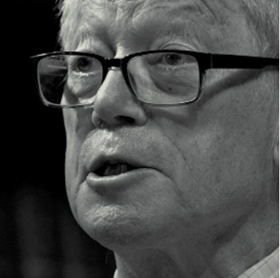
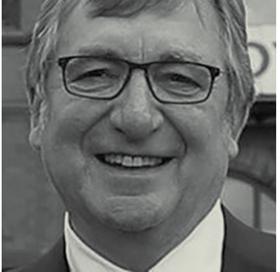

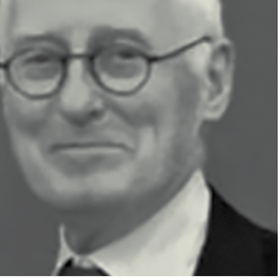
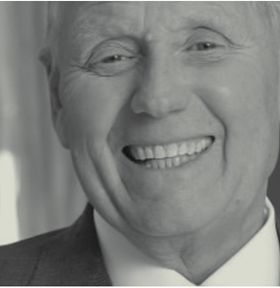

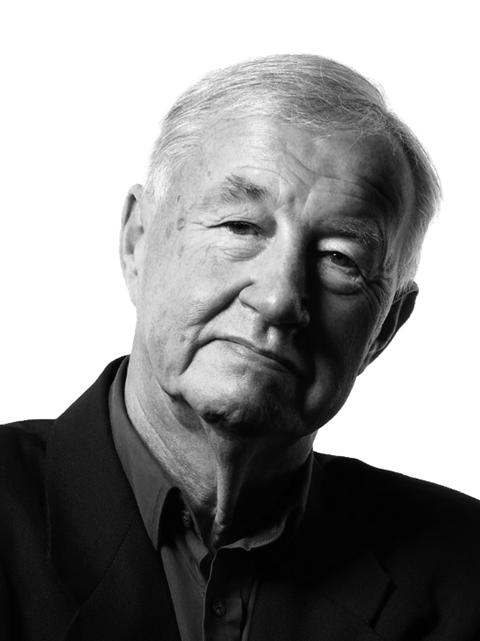
Design revolutionary Terence Conran died in September aged 88, leaving behind him a legacy of affordable furnishings, hearty food and a national appetite for a continental aesthetic.
An inveterate enthusiast and entrepreneur on a mission to banish the cloying tedium of suburban lives, he founded Habitat, the Conran Shop and a string of restaurants as well as what is now the architectural practice Conran & Partners.
His proudest achievement was the Design Museum, which he founded on the back of his 1980s Boilerhouse Project at the V&A. It opened in 1989 in an old banana warehouse at Shad Thames ŌĆō a stoneŌĆÖs throw from his Pont de la Tour restaurant ŌĆō before outgrowing the space and moving into John PawsonŌĆÖs repurposed Commonwealth Institute in Kensington.
Former collaborator Stephen Bayley credited him with transforming the word ŌĆ£designŌĆØ from a verb into a desirable commodity.

Our series continues all this week with a closer look at the ups and downs for people, projects and sectors over the past 12 months - come back tomorrow for more of the highlights and lowlights of 2020.
Topics
Review of 2020: The covid year
- 1
- 2
- 3
 Currently reading
Currently readingReview of 2020: Winners, losers and obituaries
- 4
- 5
- 6





























No comments yet